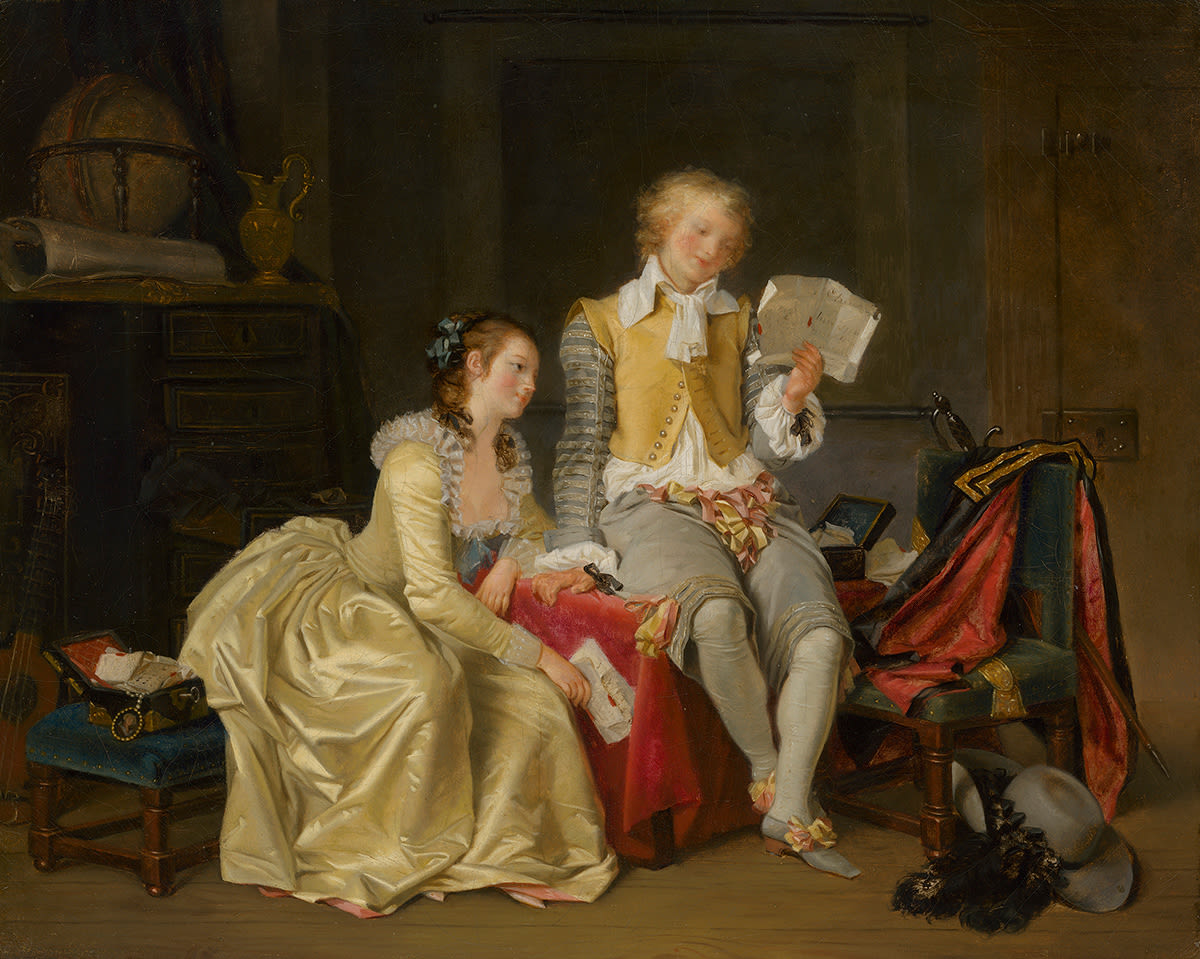There is a paper story included into this famous German painting of 1830s from Carl Spitzweg. You may know the common interpretation of the Poor Poet (German: Der arme Poet): Attention to the material misery of most artists and their work!
Let's start a #paperhistory thread.
1/x

Let's start a #paperhistory thread.
1/x


The painting came in three versions and the one remaining copy is nowadays in the Neue Pinakothek (Munich: pinakothek.de/kunst/meisterw…). Let's focus on the paper used and present in this imagined scene of a poor poet in his attic room in the 1830s.
2/x
2/x

Easy to spot in the room are a few big bound books. They may be bound in leather but they are printed upon paper, very likely before 1800. These are used books, old books, second hand books. Nota bene: The German antiquarian book trade developed in these days, #bookhistory.
3/x


3/x



Paper sheets being used: The poet writes upon paper, as the quill in his months indicates, and a few loose sheets are in his hands. An inkpot next to the bed (bad idea), and a waste paper lying crumpled-up on his chest. Forming ideas into words was a paper using practice.
4/x


4/x



Bonus detail: an inkpot waiting to be used, on top of a box, halb way on a book, next to a bed. He was a confident poet!
5/x

5/x


Where to store your loose paper sheets? Often the sheets were stored in boxes like the one next to the bed. Experts do know: this box was was not only storing papers it was decorated with paper too. Decorative papers were a thing long before the 1830s.
6/x

6/x


Most of the papers written upon in the past are gone, as #bookhistory knows. What we consider part of our bookish worlds and knowledge heritage are only the remaining artefacts of this scribal and printed culture. Our poet knew this: he destroyed unfit writings in the oven.
7/x

7/x


The self-destruction of writings by authors, in this case of unfit manuscripts, was and is a strong force. The to be destoyed paper sheets are from the near by waiting-to-be-burned bundle titled "Operum meorum fasciculum III" (English: The third bundle of my works).
8/x

8/x


Rich in satirical detail, the imagined working conditions of an impoverished poet "doing his thing" with an umbrella positioned to protect him from the leaky roof tells a lot of poverish and problematic stories of earning money with words - and in print. But, there is also ..
9/x
9/x

... so much fresh and used paper present, paper sheets being used, and waiting in boxes, and manuscripts being burned in the oven, etc.
All this is also a scene of the necessity and availability of paper in our cultural management. How dare we call it a printing age.
Ende 10/10
All this is also a scene of the necessity and availability of paper in our cultural management. How dare we call it a printing age.
Ende 10/10

@threadreaderapp unroll
• • •
Missing some Tweet in this thread? You can try to
force a refresh






















